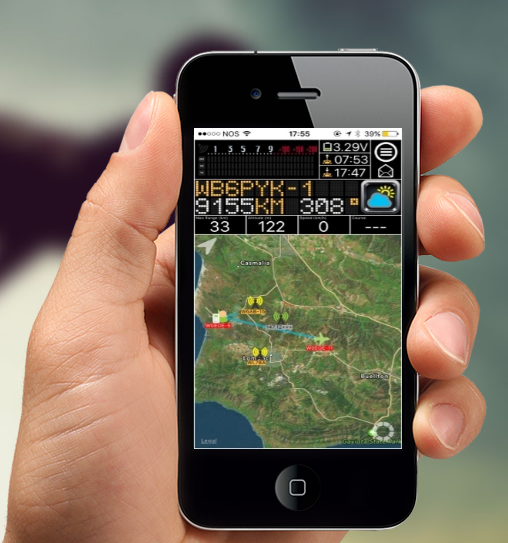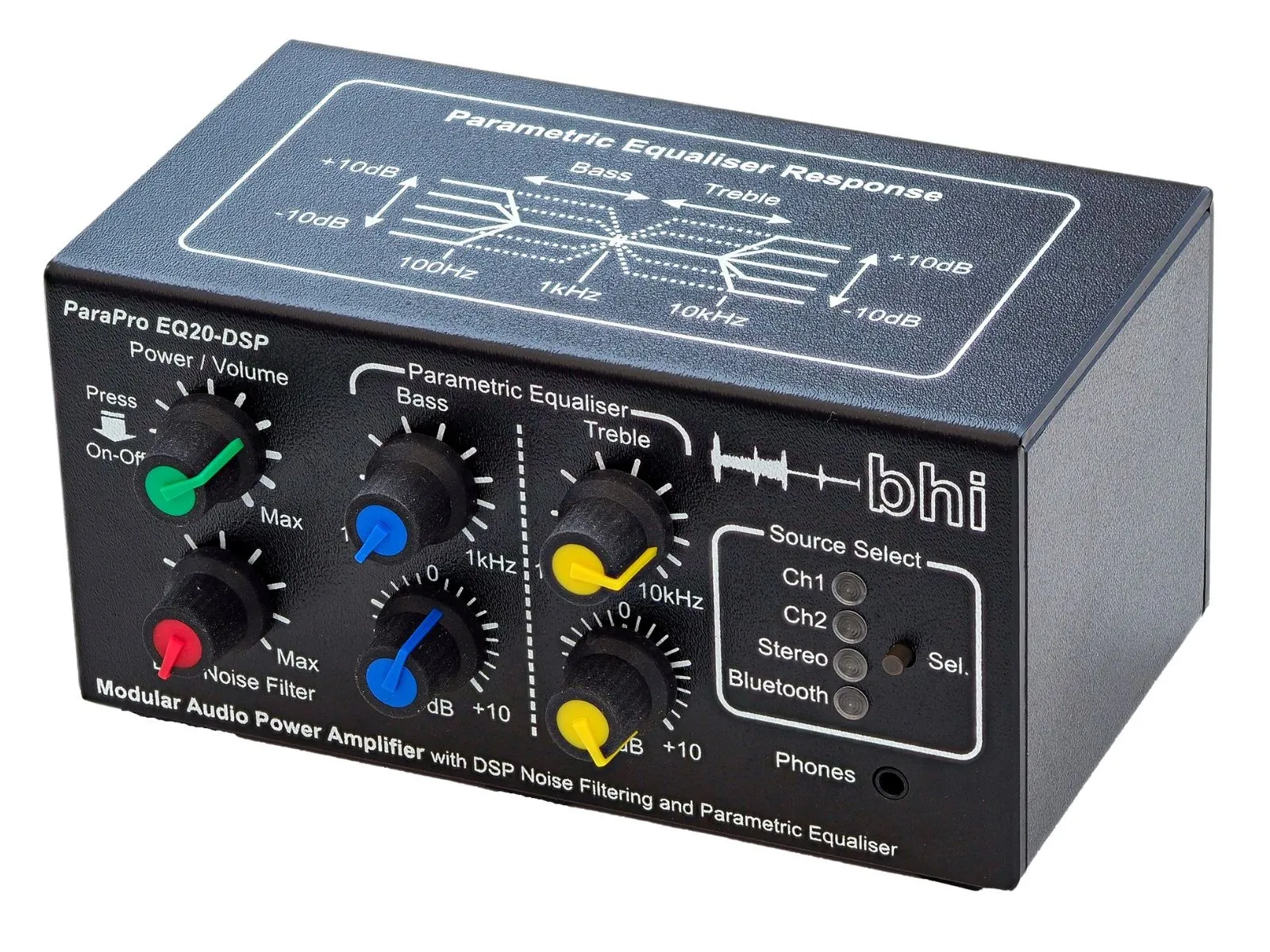amateur radio
ham radio
open source
remote station
amateur radio docker, cw remote, f4htb, ham radio html5 gui, ham radio remote, ham radio via browser, hamlib remote control, html5 ham interface, open source ham radio, python ham server, raspberry pi ham radio project, remote ham station, remote trx raspberry pi, UHRR, universal ham remote, web based ham radio
9M2PJU
0 Comments
Remote Ham Radio, Simplified: Universal_HamRadio_Remote_HTML5 by F4HTB
For amateur radio operators looking to operate their station remotely without complex setup or expensive proprietary gear, Universal_HamRadio_Remote_HTML5 is a refreshing open-source solution. Developed by Olivier (F4HTB) and hosted on GitHub, this project offers a streamlined way to control your HF transceiver via any modern web browser—securely and responsively.
The goal is simple yet powerful: give hams the ability to operate their rigs remotely using a Raspberry Pi, Hamlib-compatible transceiver, and standard audio interfaces—all through a clean, HTML5-based web interface.
🌐 What Is It?
Universal_HamRadio_Remote_HTML5 (UHRR) is a lightweight software suite that brings together:
- A Python-based server backend
- A responsive HTML5 frontend
- Secure access over HTTPS
- Audio support via your computer’s speaker and microphone
Once deployed, it allows two-way communication (both RX and TX) through your browser, making it ideal for voice (phone) and CW (Morse code) operation.
🧩 How It Works
The project is designed around a Raspberry Pi running Raspberry Pi OS Lite (32-bit), although it should work on other similar Linux environments. Here’s what you’ll need:
- Hamlib-compatible transceiver
(e.g., Icom, Yaesu, Kenwood, etc.) - CAT interface for rig control
- Sound interface
- Audio level adaptation between rig and soundcard
- Web browser (Chrome, Firefox, etc.)
Access your rig at https://UHRR.local:8888 and manage configurations at /CONFIG.
🔐 Secure by Design
Unlike many DIY radio tools, UHRR prioritizes secure remote access:
- SSL encryption (HTTPS)
- Local authentication via pre-configured
.crtand.keyfiles - User database support
- Browser-based access with no need for third-party apps
This makes it suitable for off-site remote station management, whether you’re away from home, operating from a hotel, or setting up a shared club station.
🚀 Quick Deployment with Docker
For advanced users or those who prefer containerized setups, UHRR provides a Dockerfile and docker-compose.yml, making deployment and updates significantly easier. This also improves portability across servers, cloud platforms, or other ARM-based boards.
📸 Visual Configuration & Interface
The system auto-detects if the configuration is missing or broken and redirects to the setup interface. This means you don’t need to SSH into your Pi every time you need to tweak a setting. It’s beginner-friendly without sacrificing flexibility.
Also included are graphical representations like:
- Audio flow diagram
- Functional block overview
- UHRR interface screenshots
These help new users understand signal flow and operation at a glance.
🙌 Why It Stands Out
What makes Universal_HamRadio_Remote_HTML5 especially attractive is its pragmatic approach:
- It avoids feature bloat.
- It’s focused on reliability and legality.
- It supports real-world, practical use cases.
- It encourages contributions and community feedback.
This is not a full SDR interface or logging suite—it’s designed for remote station operation in a legal and practical manner. You won’t find QSL features, SDR waterfalls, or plugin systems. Instead, you get a focused tool that works well and stays out of your way.
🤝 Community & Contributions
This project owes its success to multiple contributors, including:
- Mike W9MDB and the Hamlib team
- Developers and testers like @xylle, @n1zzo, @f6fvy, and others
- Radio amateurs worldwide who test, fork, and share improvements
Have a success story? The creator encourages you to email him at:
📧 [email protected]
🛠 Where to Start
- GitHub Repository:
🔗 https://github.com/F4HTB/Universal_HamRadio_Remote_HTML5
Whether you’re a seasoned operator or a curious maker, Universal_HamRadio_Remote_HTML5 is a practical and polished tool to add remote functionality to your station. It’s open source, secure, and built with ham radio needs in mind.







Post Comment